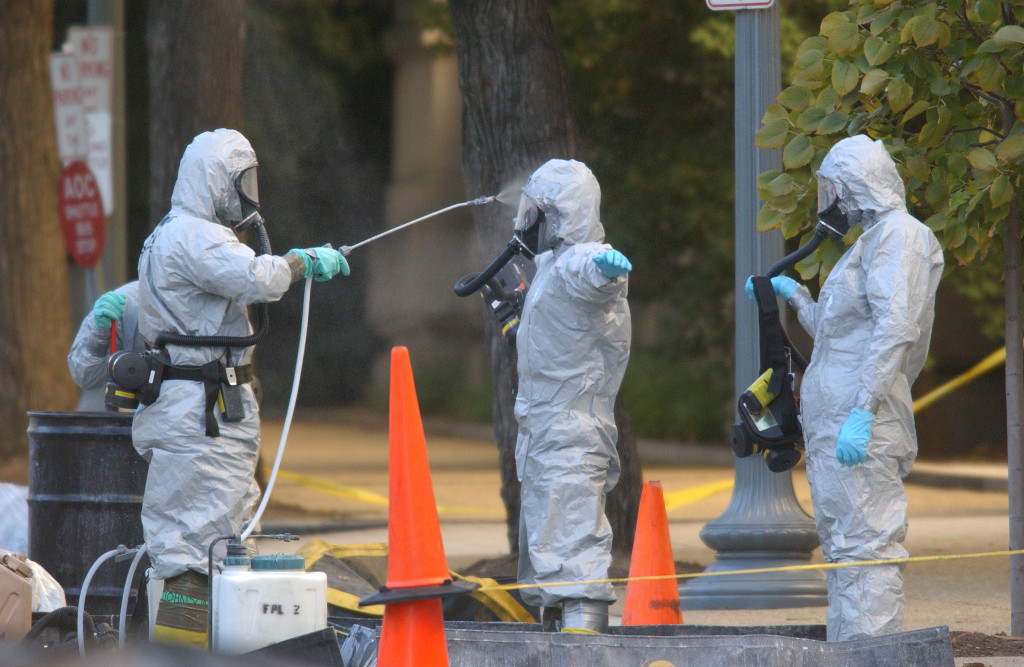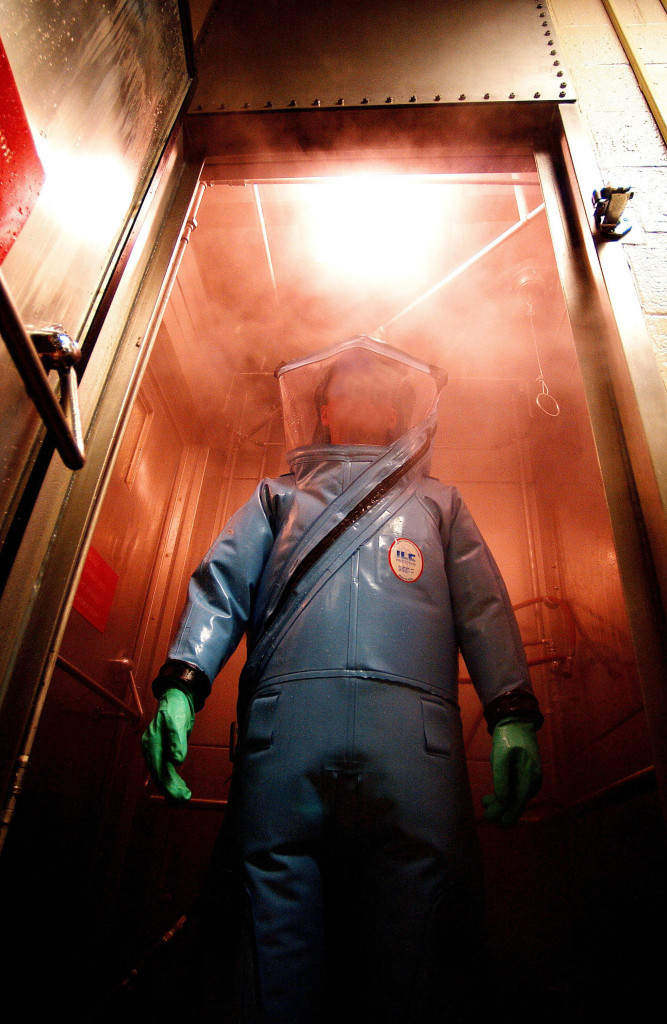The Anthrax Attacks: 10 Years Later

October 3, 2011
Share
Ten years ago this week, Florida photo editor Bob Stevens died shortly after being diagnosed as having inhaled anthrax.
Hours earlier, a scientist analyzing a sample of the bacteria that eventually killed Stevens came to a starting conclusion: It matched a particularly lethal strain of anthrax used mainly in U.S. Army laboratories.
Envelopes carrying deadly anthrax were delivered to U.S. Senate offices and network news divisions. Four more people died, and many more were infected before the attacks stopped. The nation was terrorized.
Seven years later, after mistakenly pursuing one suspect, the most expensive and complex investigation ever undertaken by the FBI ended when they identified Army scientist Dr. Bruce Ivins as the sole perpetrator of the attacks. The FBI made their announcement after Ivins had taken his own life.
But questions about the case continue. Earlier this year, a National Academy of Sciences panel raised doubts about the FBI’s scientific conclusions. And many of Ivins’ colleagues insist the FBI got the wrong man.
Next week, in our season premiere, FRONTLINE, along with our partners ProPublica and McClatchy Newspapers, will take a hard look at the FBI’s handling of the country’s most notorious act of bioterrorism. After 10 years and a $100 million investigation, how strong was the FBI’s case? Was Dr. Bruce Ivins the anthrax killer?
Related Documentaries
Latest Documentaries
Related Stories
Related Stories
Policies
Teacher Center
Funding for FRONTLINE is provided through the support of PBS viewers and by the Corporation for Public Broadcasting. Additional funding is provided by the Abrams Foundation; Park Foundation; the John D. and Catherine T. MacArthur Foundation; and the FRONTLINE Journalism Fund with major support from Jon and Jo Ann Hagler on behalf of the Jon L. Hagler Foundation, and additional support from Koo and Patricia Yuen. FRONTLINE is a registered trademark of WGBH Educational Foundation. Web Site Copyright ©1995-2025 WGBH Educational Foundation. PBS is a 501(c)(3) not-for-profit organization.




















